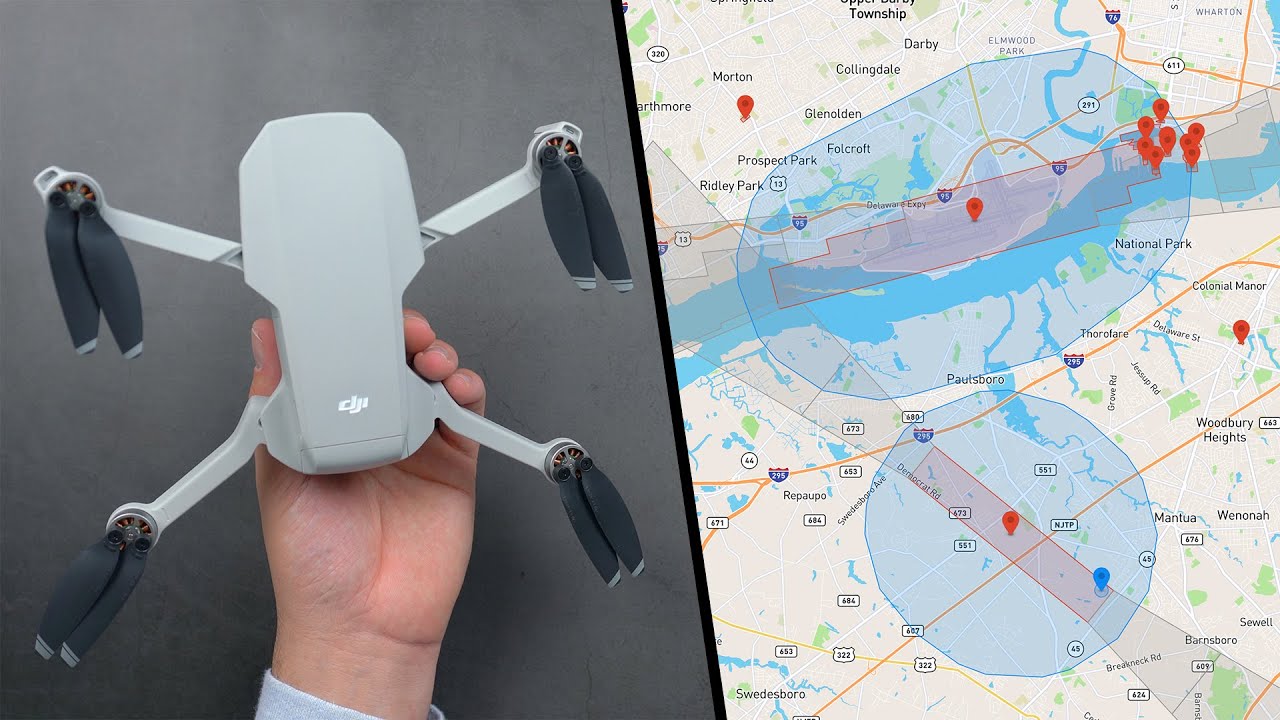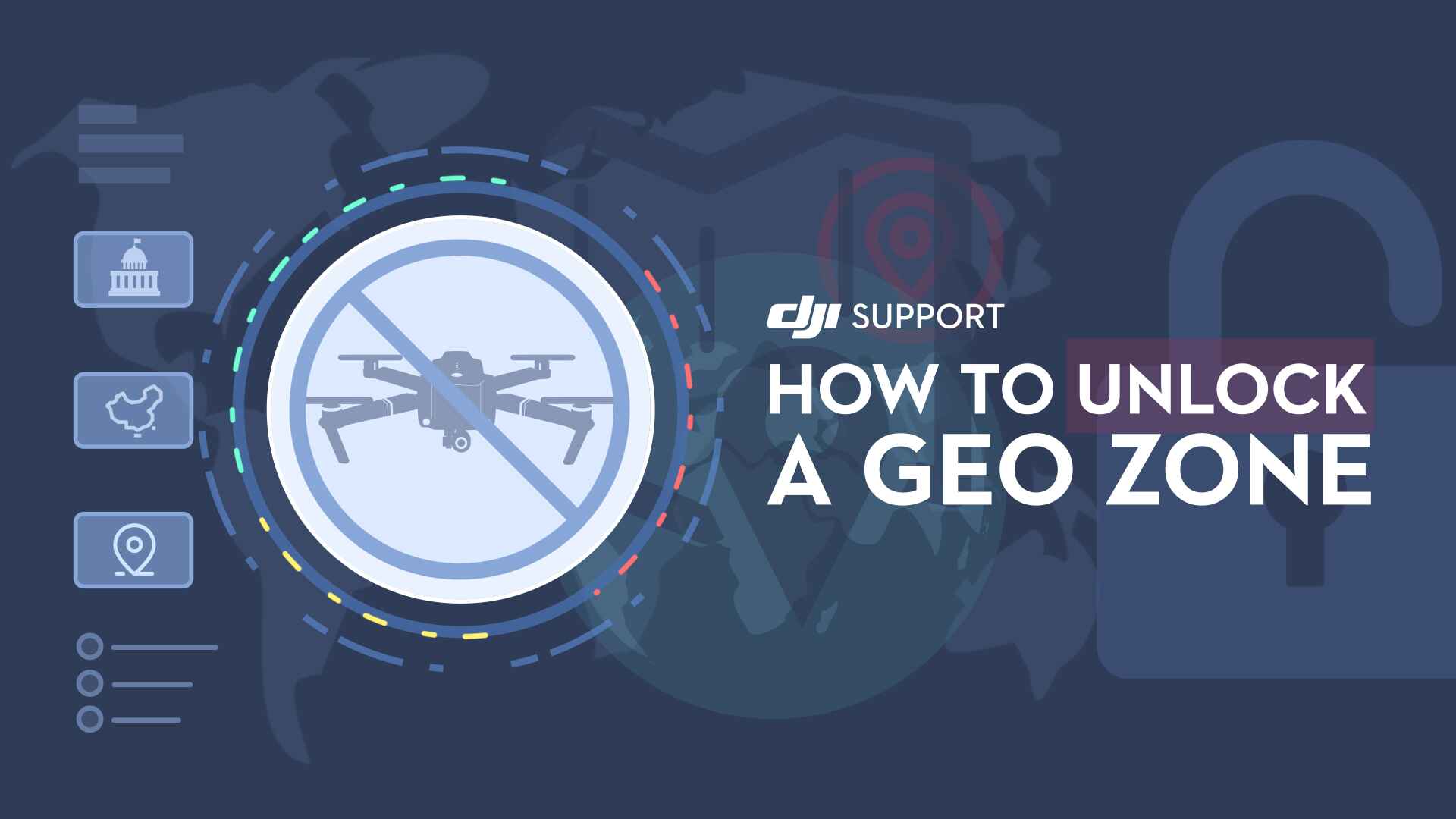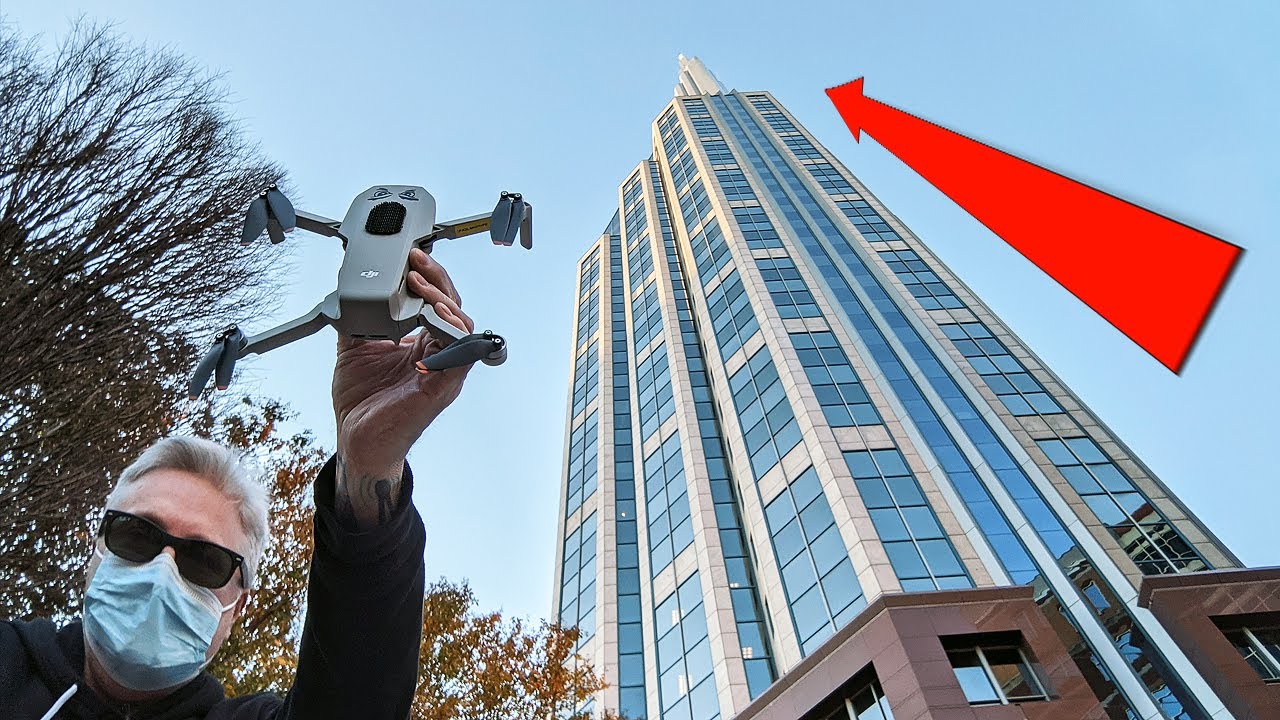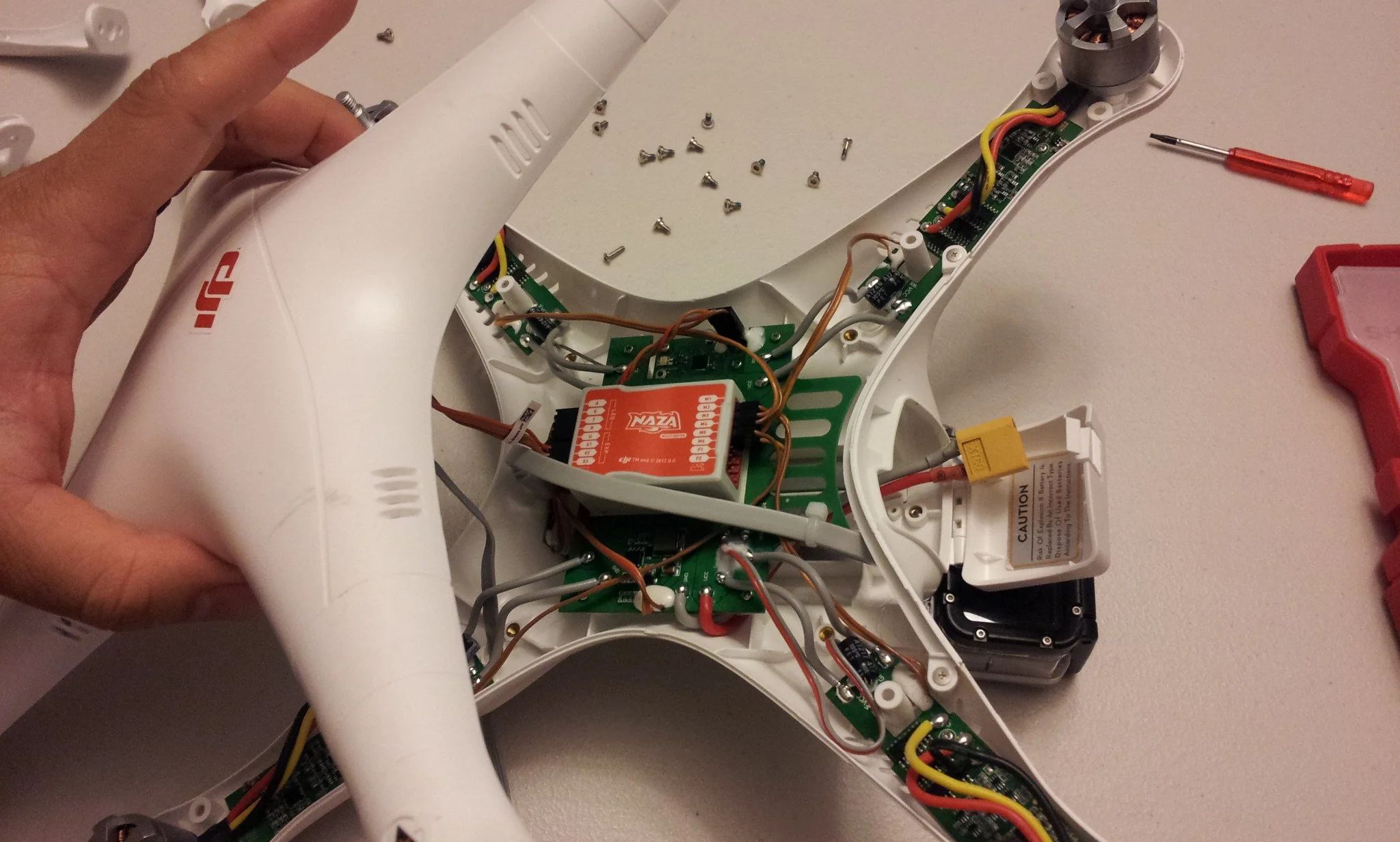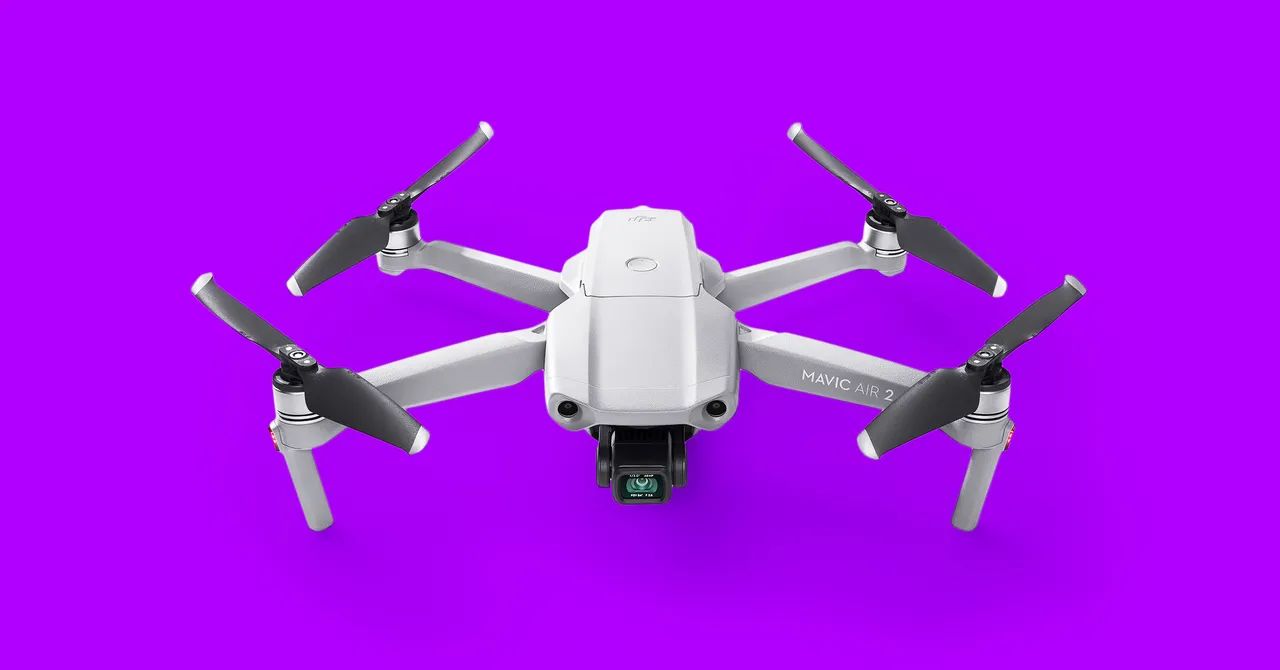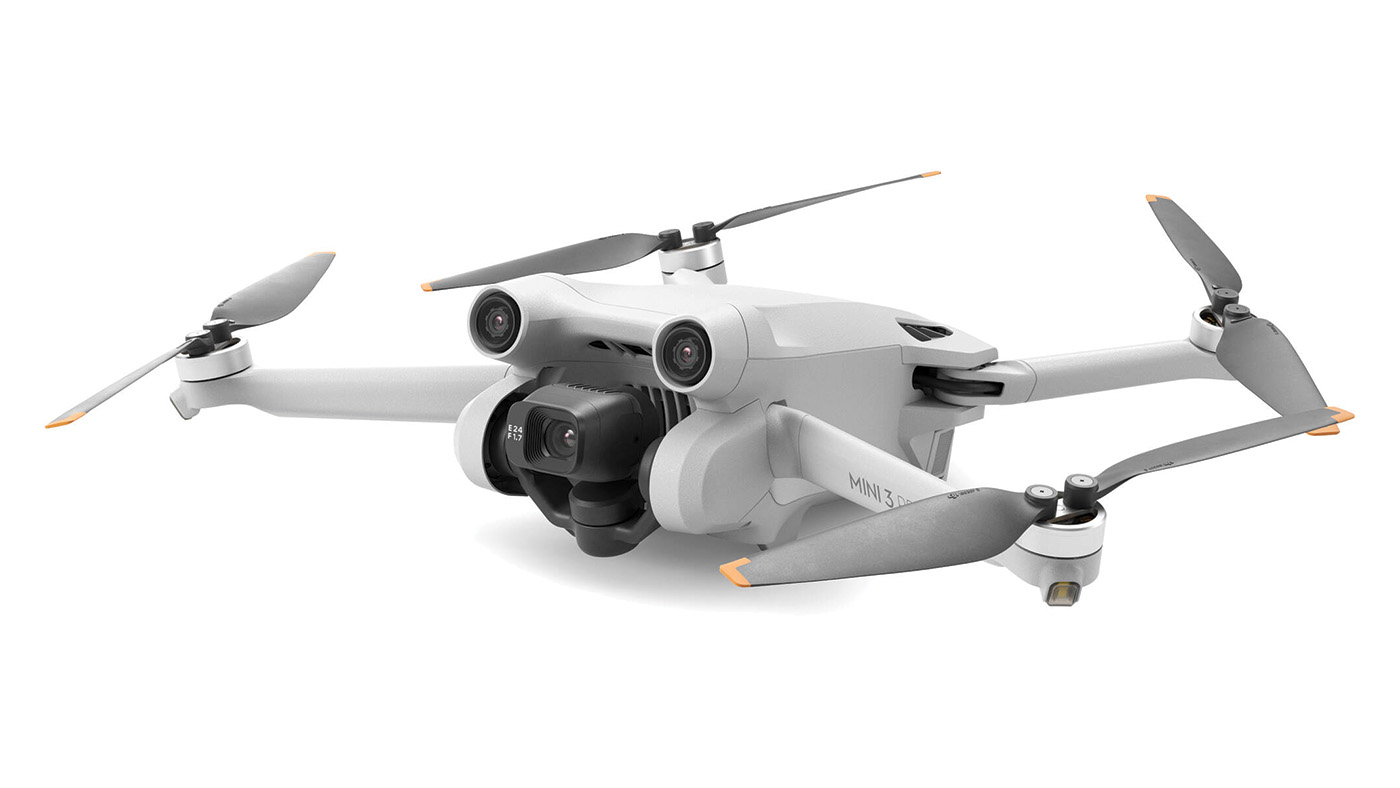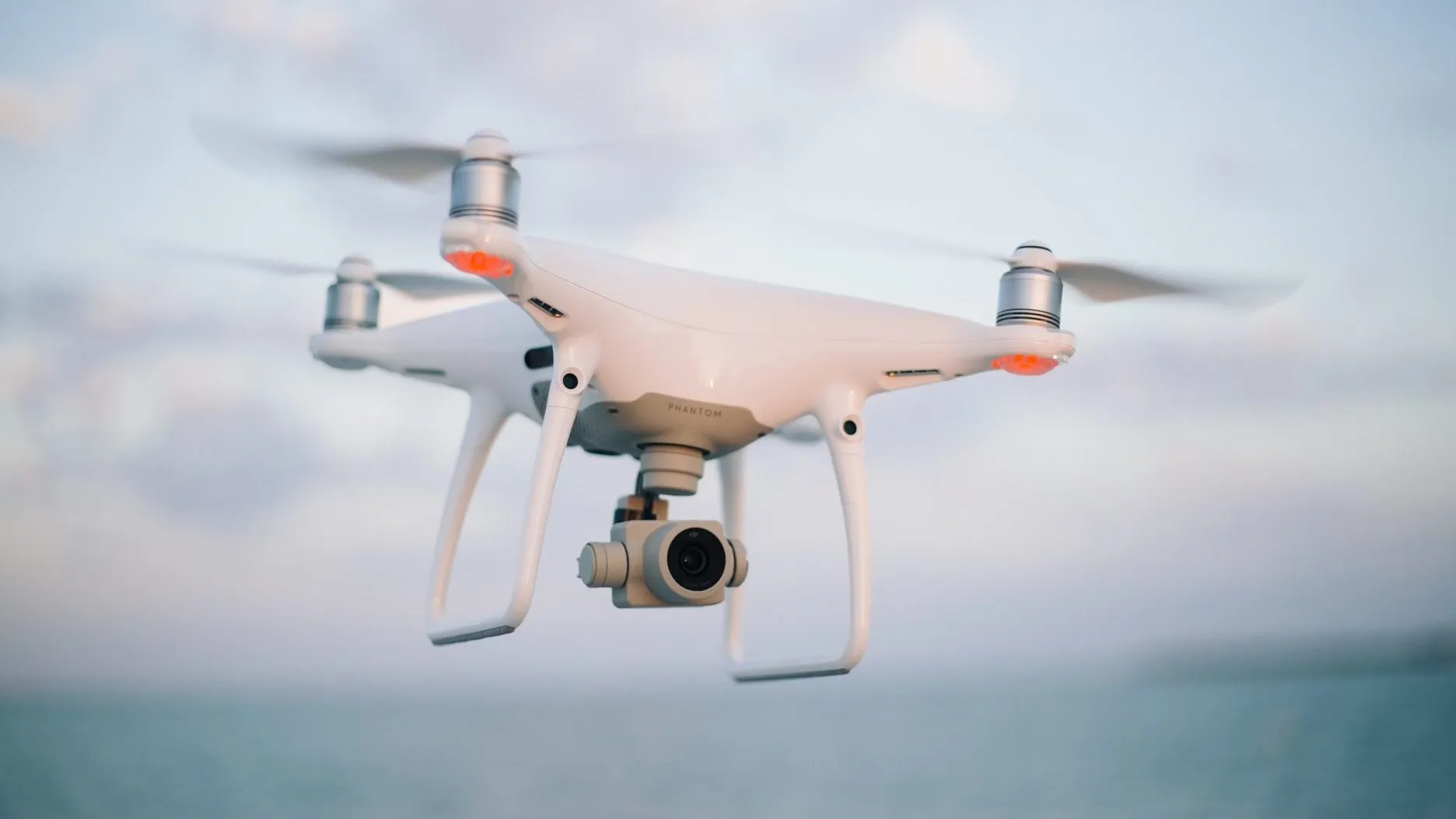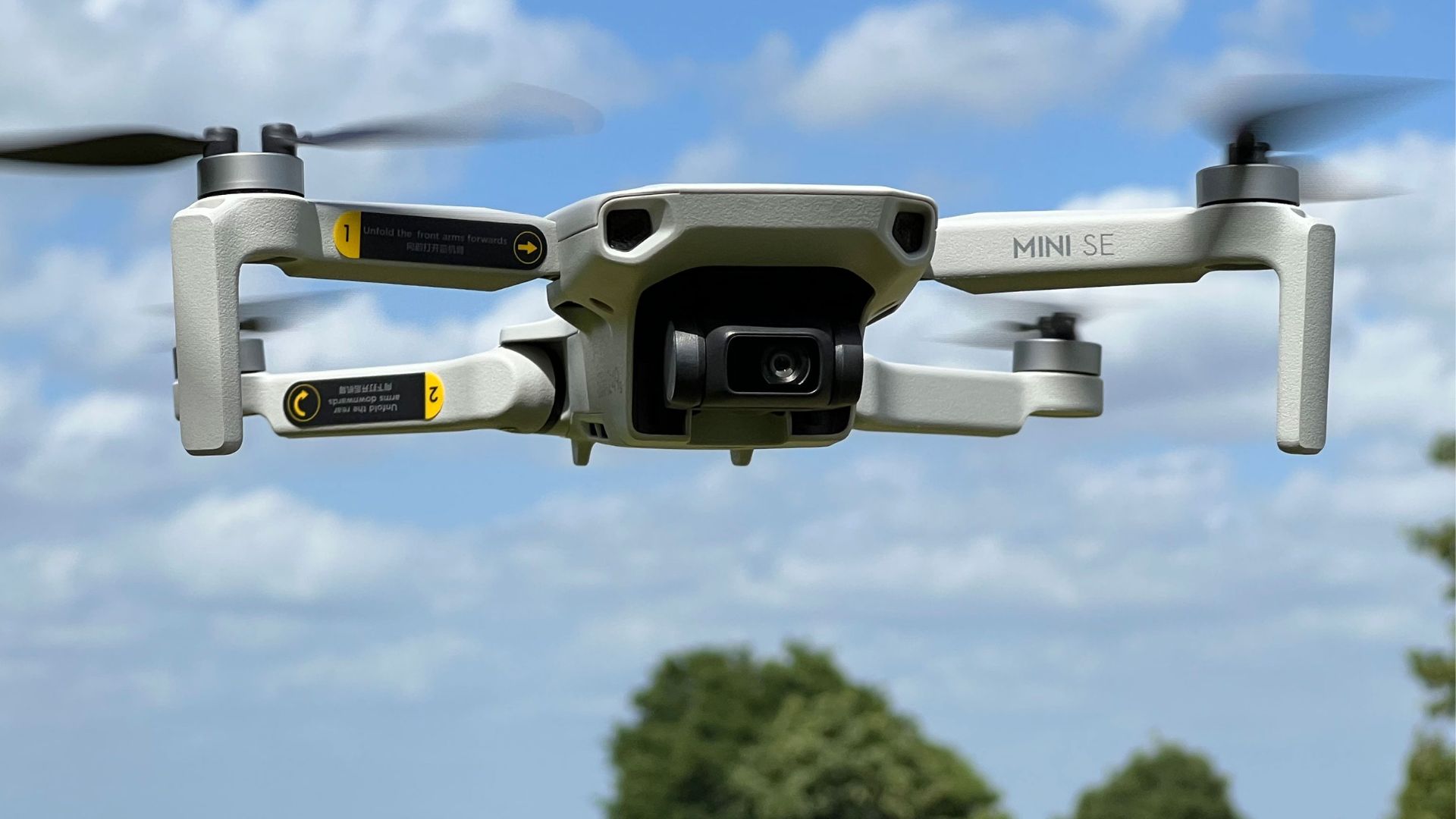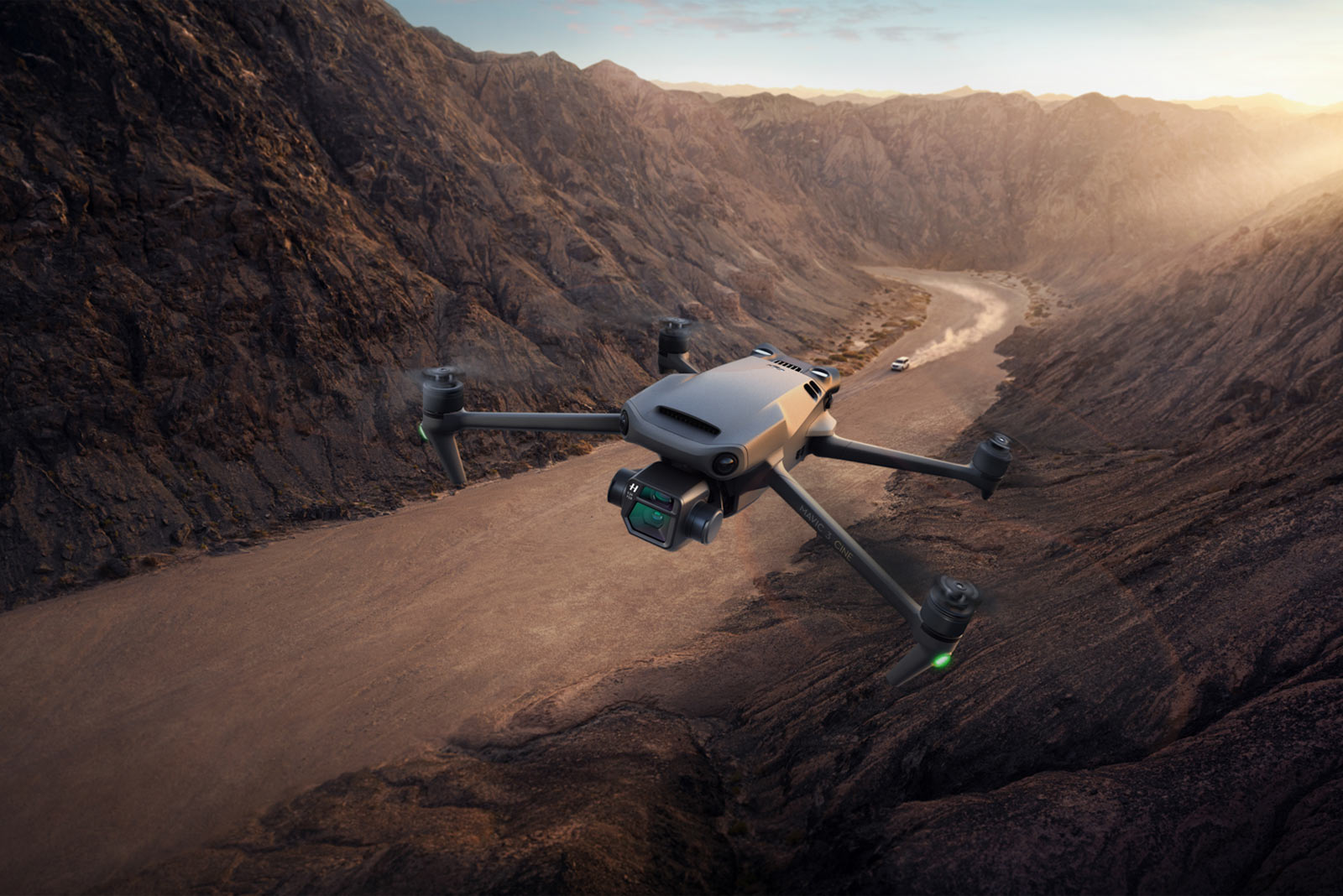Introduction
When operating a DJI drone, it is crucial to understand authorization zones and how they impact your ability to fly in certain areas. DJI has implemented these zones to ensure safety and compliance with aviation regulations. By familiarizing yourself with the process of flying in authorization zones, you can enjoy a smooth and hassle-free flying experience. This article will guide you through the steps necessary to fly in authorization zones with your DJI drone.
Before we dive into the details, it is important to note that authorization zones are specific geographical areas where drone flights are either restricted or require special permission. These zones are primarily established near airports or other sensitive locations where the presence of drones could pose a safety or security risk. DJI, in collaboration with aviation authorities, has created a system to provide guidance and permissions in these zones, known as the DJI GEO System.
Understanding how to navigate authorization zones is crucial for both recreational and commercial drone operators. Without proper authorization, you may be subject to fines, penalties, or even the confiscation of your drone. By following the guidelines outlined in this article, you can ensure a safe and legal flying experience.
Now, let’s explore the steps you need to take in order to fly in authorization zones and make the most of your DJI drone.
Understanding Authorization Zones
Authorization zones are designated areas where drone flights are either restricted or require special permission. These zones are typically established near sensitive locations such as airports, military bases, prisons, or government buildings. The purpose of authorization zones is to ensure the safety and security of airspace and ground operations.
DJI, in collaboration with aviation authorities, has implemented the GEO System to help drone operators understand and comply with authorization zones. The GEO System provides up-to-date information on the different types of zones, including Restricted Zones, Enhanced Warning Zones, and Authorization Zones.
Restricted Zones are areas where drone flights are prohibited due to safety or security concerns. These areas often include airports or other critical infrastructure. It is important to note that these zones have a built-in no-fly restriction, which means you will not be able to take off or fly your drone within these areas without special authorization.
Enhanced Warning Zones, on the other hand, are areas where drone flights are not prohibited but do require heightened caution. These zones are typically located near sensitive facilities or areas with high levels of manned aircraft activity. While you can still fly your drone within these zones, it is important to be aware of the increased risks and follow the recommended safety guidelines.
Authorization Zones are areas where drone flights are restricted and require explicit authorization from the appropriate authorities. The process of obtaining authorization varies depending on the specific zone and the local regulations. In most cases, you will need to submit a request or apply for permission through the designated channels.
It is important to understand that authorization zones can be dynamic and subject to change. Factors such as temporary flight restrictions, ongoing events, or changes in airspace regulations can affect the status of a zone. Therefore, it is essential to stay updated with the latest information provided by DJI through their GEO System or other reliable sources.
By understanding the different types of authorization zones and how they function, you can ensure compliance with the regulations and make informed decisions when planning your drone flights. In the next section, we will explore the first step in flying in authorization zones, which is knowing your location.
Step 1: Know Your Location
Before attempting to fly your DJI drone in an authorization zone, it is paramount to have a clear understanding of your current location. This involves identifying any potential authorization zones in the vicinity and determining under which category they fall in the DJI GEO System.
The first step in knowing your location is to gather information about the area you intend to fly in. This can be done through various resources, such as maps, online tools, or mobile applications that provide airspace information. By consulting these resources, you can identify if there are any nearby airports, sensitive facilities, or other restricted areas.
Once you have a general understanding of the location, it is important to use DJI’s GEO System to obtain more specific information about the authorization zones in that area. The GEO System allows you to access detailed maps that show the different types of zones, their boundaries, and any restrictions or requirements associated with them.
When using the GEO System, you can input your current location or search for a specific area to view the corresponding authorization zones. The system will display the zones in different colors, making it easier to distinguish between Restricted Zones, Enhanced Warning Zones, and Authorization Zones.
Understanding the exact boundaries of the authorization zones is crucial as even a slight deviation from these boundaries can have serious consequences. DJI’s GEO System provides clear visual indicators to help you identify the limits of each zone and avoid any unintentional violations.
It is worth mentioning that authorization zones can differ from one location to another, and there may be variations in the requirements or restrictions imposed within each zone. Therefore, it is important to check for updates regularly and ensure that you are always aware of the latest information pertaining to the authorization zones in your area.
By familiarizing yourself with the authorization zones and their boundaries in your location, you will be better prepared to navigate through the next steps required to fly in these zones. In the following section, we will discuss how to check for authorization zones using DJI’s GEO System.
Step 2: Check for Authorization Zones
After understanding the importance of knowing your location, the next step in flying in authorization zones with your DJI drone is to check for any specific zones that may exist in the area where you intend to fly. Checking for authorization zones is crucial to ensure you are aware of any restrictions or requirements that may apply to your flight.
One of the most reliable resources for checking authorization zones is DJI’s GEO System. This online platform provides detailed maps that display the various types of zones, including Restricted Zones, Enhanced Warning Zones, and Authorization Zones. By accessing the GEO System, you can easily determine if there are any restrictions in your intended flight area.
When using the GEO System, you can input your location or search for a specific area to view the corresponding authorization zones. Additionally, you can zoom in on the map to get a closer look at the boundaries of each zone and understand their specific restrictions or requirements.
The GEO System provides important information such as the size of the zone, the altitude limit, and any special instructions or considerations to be taken into account when flying in that area. Being aware of these details will help ensure a safe and compliant flight experience.
In addition to DJI’s GEO System, it is also advisable to consult other reliable sources for airspace information. Aviation authority websites, local regulations, and NOTAMs (Notice to Airmen) can provide valuable insights into any airspace restrictions or temporary flight restrictions that may be in effect.
By checking for authorization zones before each flight, you can stay updated on any changes or new restrictions that may have been implemented. This proactive approach will help you comply with the regulations and avoid any unintentional violations.
Remember, authorization zones can change, and new zones may be added over time. It is important to stay informed about any updates or modifications to the authorization zones in your area so that you can adjust your flight plans accordingly.
In the next section, we will discuss the process of obtaining authorization to fly in specific zones requiring permission or special clearance.
Step 3: Obtaining Authorization
Once you have identified authorization zones in your desired flight area, the next step is to obtain the necessary authorization or clearance to fly within these zones. The process of obtaining authorization may vary depending on the specific zone and the local regulations in place.
When dealing with Authorization Zones, it is important to understand that they typically require explicit permission from the appropriate authorities. This permission ensures that you are aware of and comply with any specific conditions or restrictions associated with flying in those zones.
To begin the process of obtaining authorization, you will first need to identify the relevant authority responsible for granting permission within the specific zone. This information can often be found within DJI’s GEO System, which provides contact details or instructions on how to request authorization in each zone.
Once you have identified the appropriate authority, follow their guidelines for submitting a request for authorization. This may involve filling out an online form, providing the necessary documentation or flight plans, and waiting for approval. The time it takes to receive authorization can vary, so it is advisable to plan ahead and allow sufficient time for the application process.
It is important to note that some authorization processes may involve a fee or require the drone operator to have certain qualifications or certifications. Familiarize yourself with the specific requirements of the zone you wish to fly in to ensure you meet all the necessary criteria.
While waiting for authorization, it is crucial to refrain from flying in the designated zone until you have received explicit permission. Violating the regulations by flying in an Authorization Zone without proper authorization can result in serious consequences, including penalties, fines, or legal repercussions.
Remember, authorization zones are in place to prioritize safety and security. By obtaining the necessary permission, you demonstrate your commitment to responsible drone operation and contribute to the overall integrity of the aviation system.
In the following section, we will discuss the guidelines for flying in authorization zones once you have received the appropriate authorization or clearance.
Step 4: Flying in Authorization Zones
Once you have obtained the necessary authorization or clearance to fly in an authorization zone, it is important to familiarize yourself with the guidelines and restrictions that apply to your flight. These guidelines will ensure that you operate your DJI drone safely and in compliance with the regulations set forth for that specific zone.
Before taking off, carefully review the authorization documentation provided by the relevant authority. Pay attention to any specific conditions, limitations, or operating requirements that may apply to your flight. This may include altitude restrictions, time-of-day limitations, or specific flight paths to follow.
During your flight, make sure to continuously monitor the airspace around you and be aware of any developments or changes in the area. This includes being vigilant for approaching manned aircraft, other drones, or unexpected hazards that could affect your flight. Always prioritize safety and maintain situational awareness throughout your entire flight.
It is important to fly within the specified boundaries of the authorization zone and avoid any unauthorized areas or locations. Deviating from the authorized flight area can lead to compliance issues and put both your drone and the surrounding environment at risk.
Respect for privacy is another crucial aspect to consider when flying in authorization zones. Ensure that you do not infringe upon the privacy of individuals or properties. Avoid capturing or recording images or videos in a manner that could violate privacy rights or local regulations.
In addition, it is essential to follow any specific flight planning or reporting requirements outlined by the authority granting your authorization. This may involve filing flight plans, adhering to pre-determined flight routes, or providing post-flight reports as necessary. Compliance with these reporting procedures helps maintain transparency and accountability within the aviation system.
Lastly, always be prepared to provide your authorization documentation if requested by authorities or law enforcement. Having this documentation readily available demonstrates your compliance with the regulations and ensures that you can quickly and efficiently address any concerns or inquiries.
By following these guidelines and adhering to the regulations set forth for flying in authorization zones, you can have a safe and responsible flight experience. In the final section of this guide, we will highlight some general safety guidelines that apply to flying drones in any airspace.
Step 5: Safety Guidelines
When flying in authorization zones or any other airspace, it is crucial to prioritize safety above all else. By following these general safety guidelines, you can ensure a safe and responsible flight experience:
1. Pre-flight Checklist: Before every flight, conduct a thorough pre-flight checklist to ensure your drone is in proper working condition. Check for any damaged parts, inspect the battery, and ensure all firmware and software are up-to-date.
2. Fly in Appropriate Weather Conditions: Avoid flying in adverse weather conditions such as strong winds, rain, or fog. These can significantly impact the stability and control of your drone and increase the risk of accidents.
3. Maintain Visual Line of Sight (VLOS): Always keep your drone within your visual line of sight during the flight. This allows you to react quickly to any potential obstacles or hazards and ensures you maintain control over your drone.
4. Respect No-Fly Zones: Even outside authorization zones, there are other designated no-fly zones such as national parks, wildlife preserves, or areas with restricted airspace. Familiarize yourself with these restrictions and avoid flying in prohibited areas.
5. Stay Away from People and Property: Maintain a safe distance from people, buildings, and private property when operating your drone. Respect the privacy, safety, and space of others and avoid flying directly over crowds or sensitive areas.
6. Be Mindful of Wildlife: When flying in natural environments, be aware of the presence of wildlife. Avoid disturbing or endangering animals and respect their habitats by keeping a safe distance.
7. Emergency Procedures: Familiarize yourself with emergency procedures in case of a drone malfunction or unexpected circumstances. Practice safe landing techniques and have a plan in place for situations such as signal loss or low battery.
8. RTH Function: Utilize the Return-to-Home (RTH) function on your drone to ensure it automatically returns to a safe location in case of an emergency or if the signal is lost.
9. Continuous Learning: Stay updated with the latest regulations, technology, and best practices for drone operation. Engage in ongoing education and training to enhance your skills and knowledge as a responsible drone pilot.
Remember, safety should always be your top priority when flying your DJI drone. By following these safety guidelines and remaining compliant with the regulations, you can enjoy a fulfilling and incident-free flight experience.
With that, we have covered all the essential steps and guidelines for flying in authorization zones with your DJI drone. By understanding authorization zones, obtaining authorization where necessary, and adhering to safety guidelines, you can confidently navigate through these controlled areas and enjoy the incredible world of drone flight.
Conclusion
Flying in authorization zones with your DJI drone requires careful planning, compliance with regulations, and a strong focus on safety. By following the step-by-step guide outlined in this article, you can navigate through these controlled areas with confidence and enjoy a seamless flying experience.
Understanding the different types of authorization zones, checking for their presence in your desired flight area, and obtaining the necessary permissions are crucial steps in ensuring compliance with aviation regulations. DJI’s GEO System serves as a valuable resource for accessing up-to-date information on these zones and understanding their restrictions and requirements.
Throughout the process, it is important to prioritize safety at all times. By following general safety guidelines, including conducting pre-flight checks, flying in appropriate weather conditions, and maintaining visual line of sight, you can minimize the risk of accidents and incidents during your flights.
Respecting no-fly zones, maintaining a safe distance from people and property, and being mindful of wildlife further contribute to responsible and ethical drone operation. It is essential to stay informed of any updates or changes to the authorization zones and adjust your flight plans accordingly.
Always remember that authorization zones are in place to safeguard airspace and uphold the safety of both manned aircraft and the general public. By operating your DJI drone in a responsible and compliant manner, you contribute to the overall integrity and positive perception of the drone community.
Now that you have a comprehensive understanding of how to fly in authorization zones, you can confidently explore new areas and capture stunning aerial footage while abiding by the regulations and respecting the concerns of others.
Ensure that you continuously educate yourself on evolving regulations, drone technology advancements, and best practices to enhance your skills as a drone pilot. By staying current and continually improving your knowledge, you can navigate through the ever-changing landscape of drone regulations and enjoy the incredible possibilities that drone flight offers.







